Aquaculture can help boost supplies of marine-based drug components
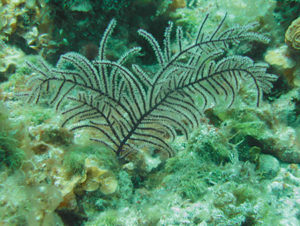
As marine organisms including invertebrates, algae and microorganisms have become established as prolific sources of bioactive marine natural products, the marine environment offers a promising venue for drug discovery. However, the lack of available supply has been a major constraint in the development of this resource. Several marine natural products that have been examined in clinical trials had to be isolated from large collections of marine organisms.
Origin of metabolites
While information about the chemical ecology of marine invertebrates is increasing, little is known about the natural functions of most of these compounds, their distributions within organisms, or their variability among individuals and populations. A key question concerning natural products isolated from invertebrates is to identify the cellular origins of their metabolites. The limited data available to date indicates that many compounds isolated from invertebrates are not produced by the host organisms, but rather are biosynthesized by associated microorganisms.
Anti-irritants from coral
The pseudopterosins and fuscol/fuscosides represent two groups of terpenes isolated from gorgonians (Octocoralia) which exhibit potent anti-inflammatory and analgesic activity. Additionally, the pseudopterosins are used in skin care products due to their anti-irritant properties.
At present, the only source of these compounds is the corals collected from nature. As one possible production method, the authors examined the cellular origins of the compounds. Gorgonians are known to harbor high concentrations of symbiotic dinoflagellates, and identification of a dinoflagellate origin of the natural products could be of great value, as such microalgae can be cultured.
The authors discovered that the pseudopterosins and fuscol, as well as certain biosynthetic intermediates, are present in the purified dinoflagellate symbiont of their respective gorgonians.
In tests, the symbiotic dinoflagellates were purified from coral tissue by repeated centrifugation. High-performance liquid chromatography analysis of an extract of the purified algae revealed the presence of high concentrations of the natural products. The ability of the algae to produce the compounds of interest was confirmed through various biosynthetic experiments.
Concentrations increased
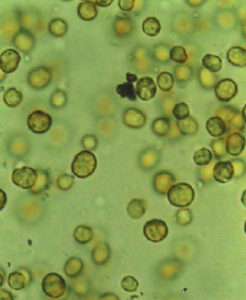
The authors have been interested in the possibility of increasing the concentration of pseudopterosins and fuscol/fuscosides in both the gorgonian corals and purified zooxanthellae. This has applications in the production of the natural products in aquaculture or cell culture.
In one set of experiments, intense feeding by the mollusk Cyphoma gibbosum resulted in elevated levels of pseudopterosins. The field experiments were conducted by attaching three C. gibbosum to P. elisabethae specimens in such a way that they could only feed on the coral. Analysis of a branch of the coral prior to and following this treatment indicated the pseudopterosin content increased by 40 percent.
The authors also found that the concentration of pseudopterosins increased approximately 100 percent by decreasing the ultraviolet radiation on specimens of P. elisabethae. A clipping of the coral prior to the treatment served as a control with “natural” levels of pseudopterosins. A clipping from the coral following the treatment provided samples with elevated levels of pseudopterosins.
The concentration of natural products such as fuscol in cultured dinoflagellate cells can also be boosted through the use of plant growth factors. The addition of such reagents as methyl jasmonate to cultures of symbiotic dinoflagellates can result in increases in fuscol content of 600 percent.
(Editor’s Note: This article was originally published in the December 2004 print edition of the Global Aquaculture Advocate.)
Now that you've reached the end of the article ...
… please consider supporting GSA’s mission to advance responsible seafood practices through education, advocacy and third-party assurances. The Advocate aims to document the evolution of responsible seafood practices and share the expansive knowledge of our vast network of contributors.
By becoming a Global Seafood Alliance member, you’re ensuring that all of the pre-competitive work we do through member benefits, resources and events can continue. Individual membership costs just $50 a year.
Not a GSA member? Join us.
Authors
-
Russell G. Kerr
Department of Chemistry and Biochemistry
Center for Biomedical and Marine Biotechnology
Florida Atlantic University
777 Glades Road
Boca Raton, Florida 33431-0991 USA -
Jennifer Boehnlein
Department of Chemistry and Biochemistry
Center for Biomedical and Marine Biotechnology
Florida Atlantic University
777 Glades Road
Boca Raton, Florida 33431-0991 USA -
Nealie Newberger
Department of Chemistry and Biochemistry
Center for Biomedical and Marine Biotechnology
Florida Atlantic University
777 Glades Road
Boca Raton, Florida 33431-0991 USA -
Llanie Ranzer
Department of Chemistry and Biochemistry
Center for Biomedical and Marine Biotechnology
Florida Atlantic University
777 Glades Road
Boca Raton, Florida 33431-0991 USA
Related Posts
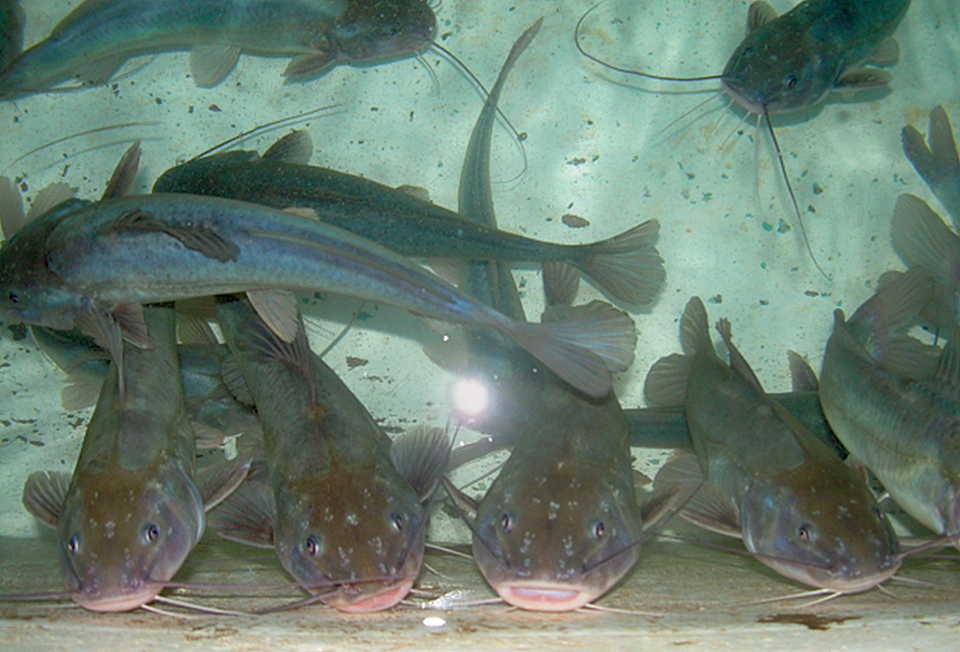
Health & Welfare
Clove oil, eugenol effective anesthetics for silver catfish
Clove oil and eugenol have been recommended and used as anesthetics for several fish species. Moreover, these products have received the attention of researchers because of their chemo-preventive effects, as well as their anti-inflammatory and antioxidant properties.
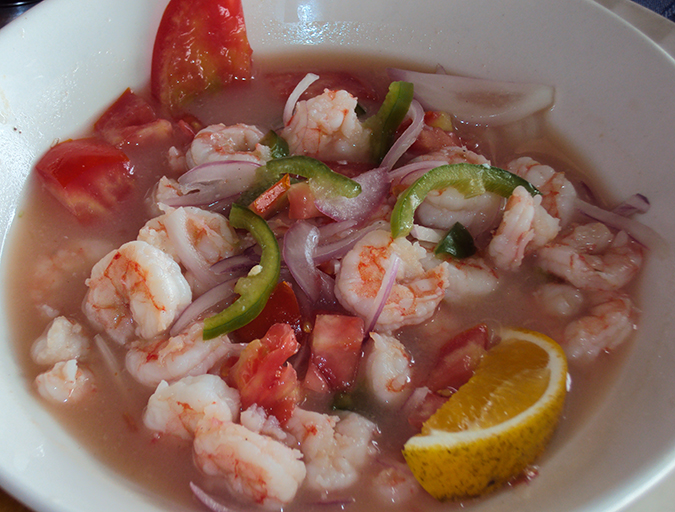
Intelligence
Facts about shrimp and cholesterol
Many people, including health-conscious consumers, are concerned about the cholesterol content of foods such as meat, eggs and dairy products. In the case of shrimp, the cholesterol story is different because a number of research studies have demonstrated that the high percentage of “good fats” in shrimp reduce the impact of cholesterol, and that a majority of people can eat shrimp as part of a balanced diet.

Intelligence
Omega-6s and the threat to seafood’s healthy halo
Research shows farmed fish fed diets heavy on vegetable oils have higher amounts of omega-6s and lower amounts of omega-3s, compared to fish fed diets heavy on fish oil. We take a deep dive into the relationship between the two fatty acids.
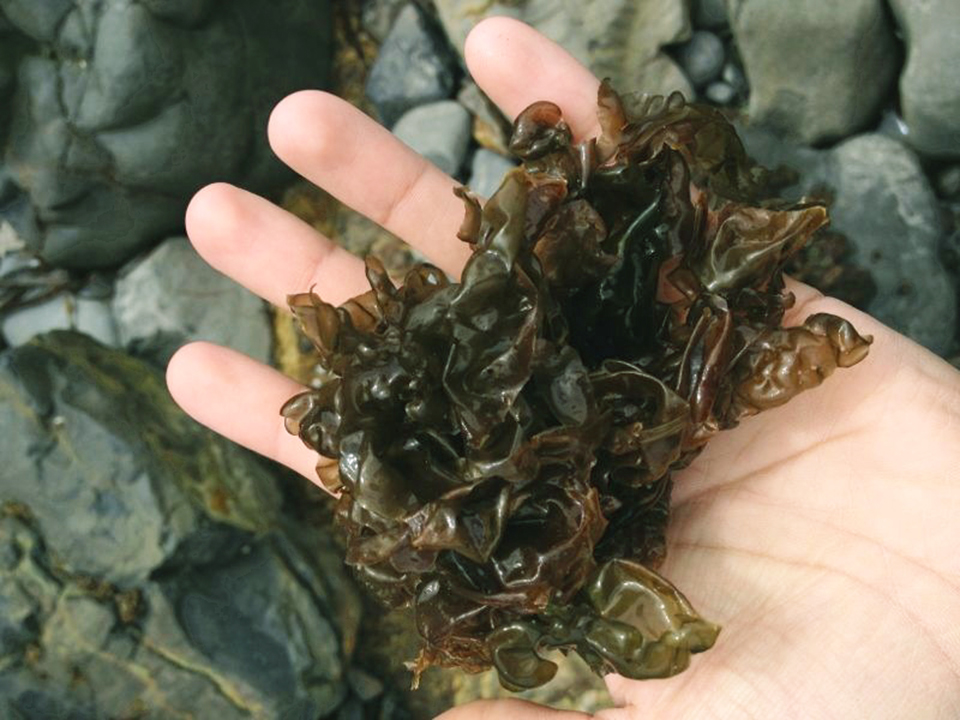
Health & Welfare
Red seaweed: Promising, sustainable feed additive combats ISA virus
In a study, Atlantic salmon fed diets with red seaweed had significantly higher levels of antiviral activity against the infectious salmon anemia virus than fish fed a control diet.


